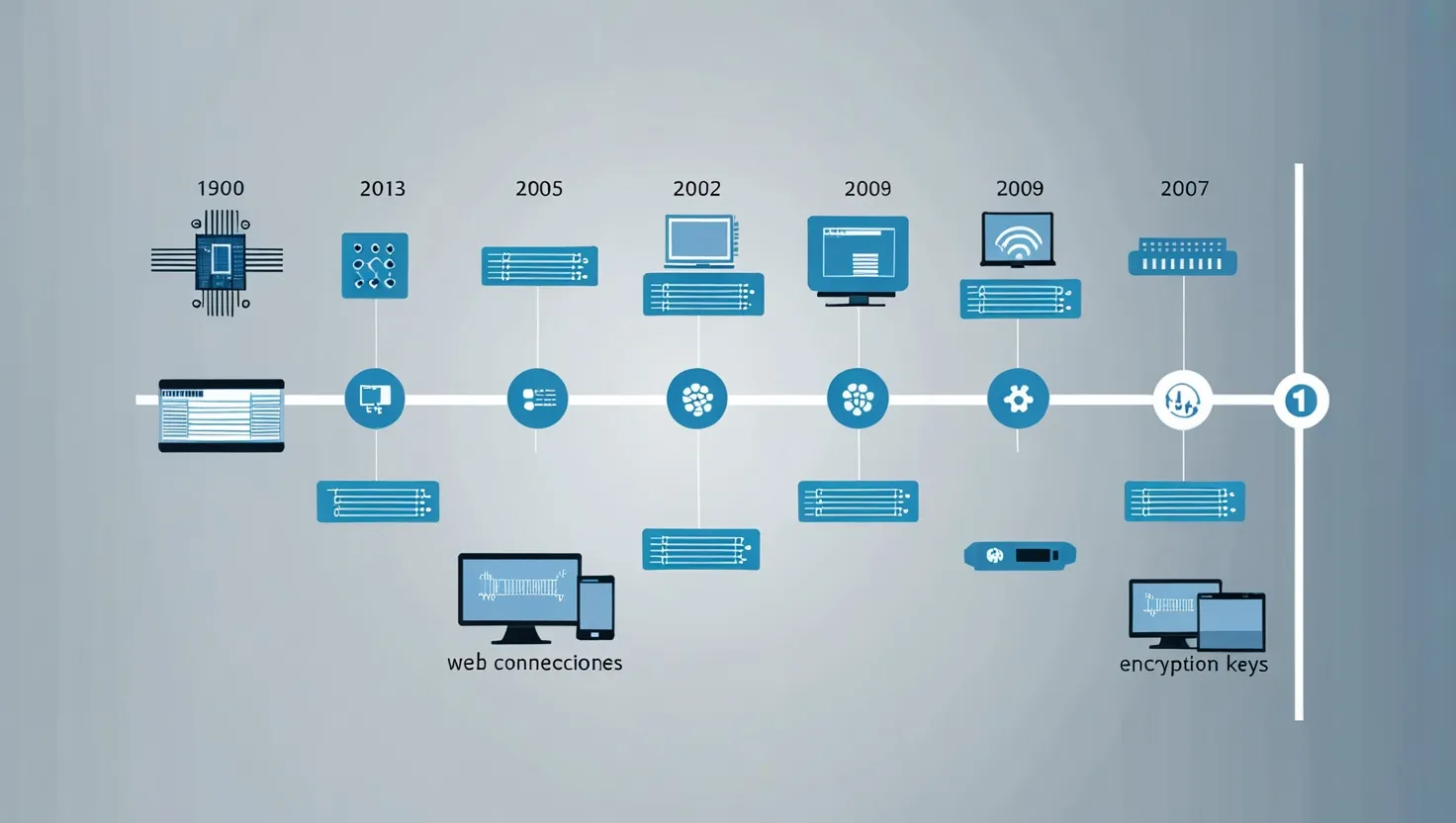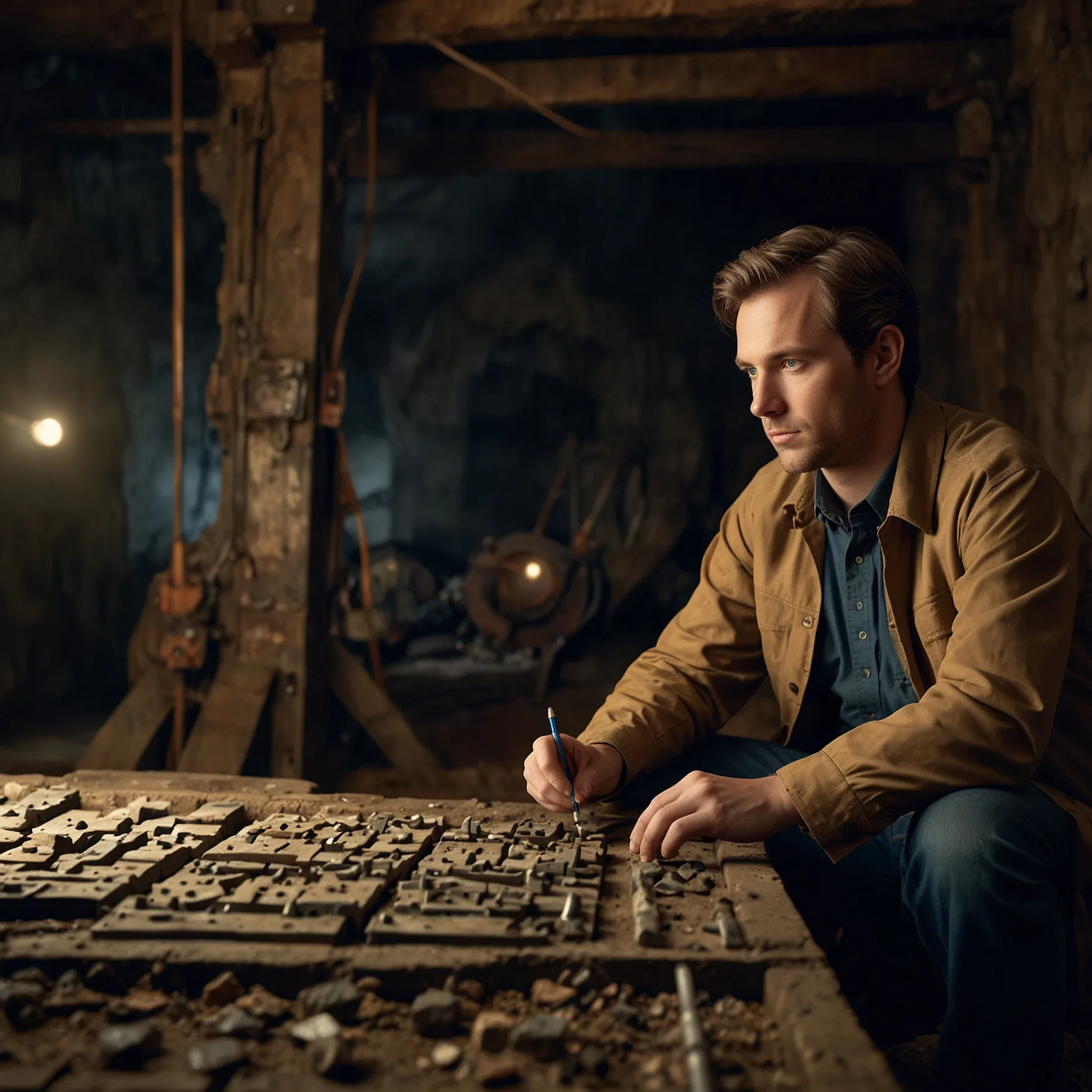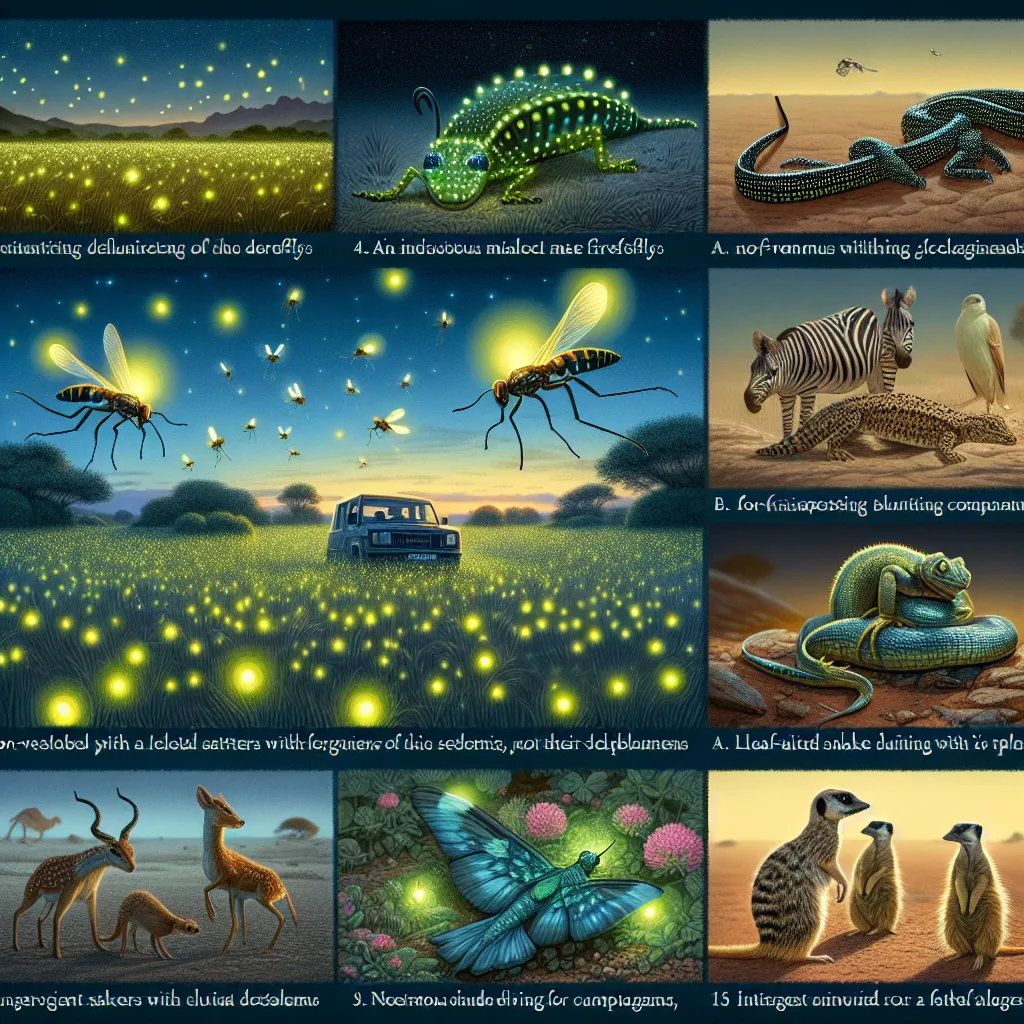The digital revolution has reshaped our world in ways we could scarcely have imagined just a few decades ago. At the heart of this transformation lie five pivotal technologies that have fundamentally altered the landscape of computing, communication, and human interaction with machines.
Let’s begin our journey with the integrated circuit, a marvel of miniaturization that emerged in 1958. Jack Kilby, working at Texas Instruments, created this groundbreaking device that combined multiple electronic components on a single chip. This innovation marked a quantum leap in computing power and efficiency. Before the integrated circuit, computers were hulking behemoths, filling entire rooms with their vacuum tubes and wires. Kilby’s invention paved the way for the sleek, powerful devices we carry in our pockets today.
The integrated circuit didn’t just make computers smaller; it made them faster and more affordable. This democratization of computing power set the stage for the personal computer revolution of the 1980s and beyond. It’s fascinating to consider how this tiny chip, no larger than a fingernail, could have such a profound impact on our world.
“The most important thing about a technology is how it changes people,” said Jaron Lanier, a pioneer in virtual reality. How has the integrated circuit changed you? Think about the devices you use every day - your smartphone, your laptop, even your microwave. All of these rely on integrated circuits to function.
As we moved into the 1960s, another crucial technology emerged: packet-switching networks. This innovation, developed independently by Paul Baran in the United States and Donald Davies in the UK, laid the groundwork for what would become the internet. Packet-switching is a method of data transmission that breaks information into small ‘packets’ that can be routed independently across a network.
This approach was revolutionary. Traditional circuit-switched networks, like early telephone systems, required a dedicated connection between sender and receiver. Packet-switching, on the other hand, allowed for more efficient use of network resources and greater resilience in the face of network failures. If one route was blocked or damaged, packets could simply find another path to their destination.
The implications of this technology were far-reaching. It enabled the creation of robust, decentralized communication networks - a key consideration during the Cold War era when the threat of nuclear attack loomed large. But beyond its military applications, packet-switching opened up new possibilities for global communication and information sharing.
As we reflect on the impact of packet-switching, consider this quote from Vint Cerf, one of the “fathers of the internet”: “The internet is a reflection of our society and that mirror is going to be reflecting what we see. If we don’t like what we see in that mirror the problem is not to fix the mirror, we have to fix society.” How do you think packet-switching has shaped our society? Has it brought us closer together or pushed us further apart?
The next pivotal technology in our journey brings us to 1973 and the halls of Xerox PARC (Palo Alto Research Center). Here, researchers developed the graphical user interface (GUI), a innovation that would transform how humans interact with computers. Before the GUI, using a computer required memorizing complex commands and typing them into a command-line interface. This made computers inaccessible to all but the most technically inclined.
The GUI changed all that. By representing programs, files, and functions as visual elements on a screen - icons, windows, menus - it made computers intuitive and user-friendly. Suddenly, anyone could point and click their way through tasks that once required specialized knowledge.
This democratization of computing had profound implications. It opened up new possibilities in education, business, and personal productivity. The GUI paved the way for the personal computer revolution of the 1980s and 1990s, bringing computing power into homes and offices around the world.
Douglas Engelbart, a pioneer in human-computer interaction, once said, “The digital revolution is far more significant than the invention of writing or even of printing.” Do you agree? How has the GUI changed your relationship with technology?
As we move into the late 1980s, we encounter perhaps the most transformative technology of our digital age: the World Wide Web. Created by Tim Berners-Lee in 1989, the Web transformed the internet from a network primarily used by academics and government agencies into a global platform for information sharing, communication, and commerce.
Berners-Lee’s system of interlinked documents, accessed via HTTP and written in HTML, created a user-friendly interface for the internet. It allowed anyone with a connection to publish information that could be accessed from anywhere in the world. This democratization of information has had profound effects on education, journalism, politics, and virtually every other aspect of society.
The Web has connected us in ways previously unimaginable. It has given voice to the voiceless, enabled revolutions, and created entirely new industries. But it has also raised challenging questions about privacy, misinformation, and the nature of truth in the digital age.
Tim Berners-Lee himself once said, “The Web as I envisaged it, we have not seen it yet. The future is still so much bigger than the past.” What do you think the future of the Web holds? How might it continue to evolve and shape our world?
Our final pivotal technology brings us back to 1976 and the field of cryptography. Whitfield Diffie and Martin Hellman’s development of public key cryptography laid the foundation for secure digital communications. This breakthrough made possible secure online transactions, digital signatures, and modern cybersecurity protocols.
Public key cryptography works on a simple yet ingenious principle: it uses two keys, one public and one private. The public key can be freely shared and used to encrypt messages, while the private key, kept secret by the owner, is used to decrypt them. This system enables secure communication without the need to share a secret key in advance.
The implications of this technology are vast. It has enabled e-commerce, secure messaging, and digital identity verification. Without public key cryptography, the digital revolution as we know it would not have been possible. Our online banking, secure messaging apps, and even blockchain technologies all rely on this fundamental innovation.
Bruce Schneier, a renowned security technologist, once said, “Security is not a product, but a process.” How do you think about digital security in your daily life? Has public key cryptography changed how you interact with the digital world?
As we reflect on these five pivotal technologies - the integrated circuit, packet-switching networks, the graphical user interface, the World Wide Web, and public key cryptography - we can see how each has built upon the others to create the digital world we inhabit today. From the miniaturization of computing power to the global sharing of information, from intuitive human-computer interaction to secure digital communications, these innovations have reshaped every aspect of our lives.
Yet, as we marvel at these technological wonders, we must also consider their broader implications. How have they changed the way we think, communicate, and relate to one another? What new challenges have they created alongside their benefits? And perhaps most importantly, how can we harness these technologies to create a better future for all?
The digital revolution is far from over. As we stand on the shoulders of these giants, what new innovations might we create? What problems might we solve? The future is ours to shape, armed with the powerful tools these pivotal technologies have provided. Let’s use them wisely.






